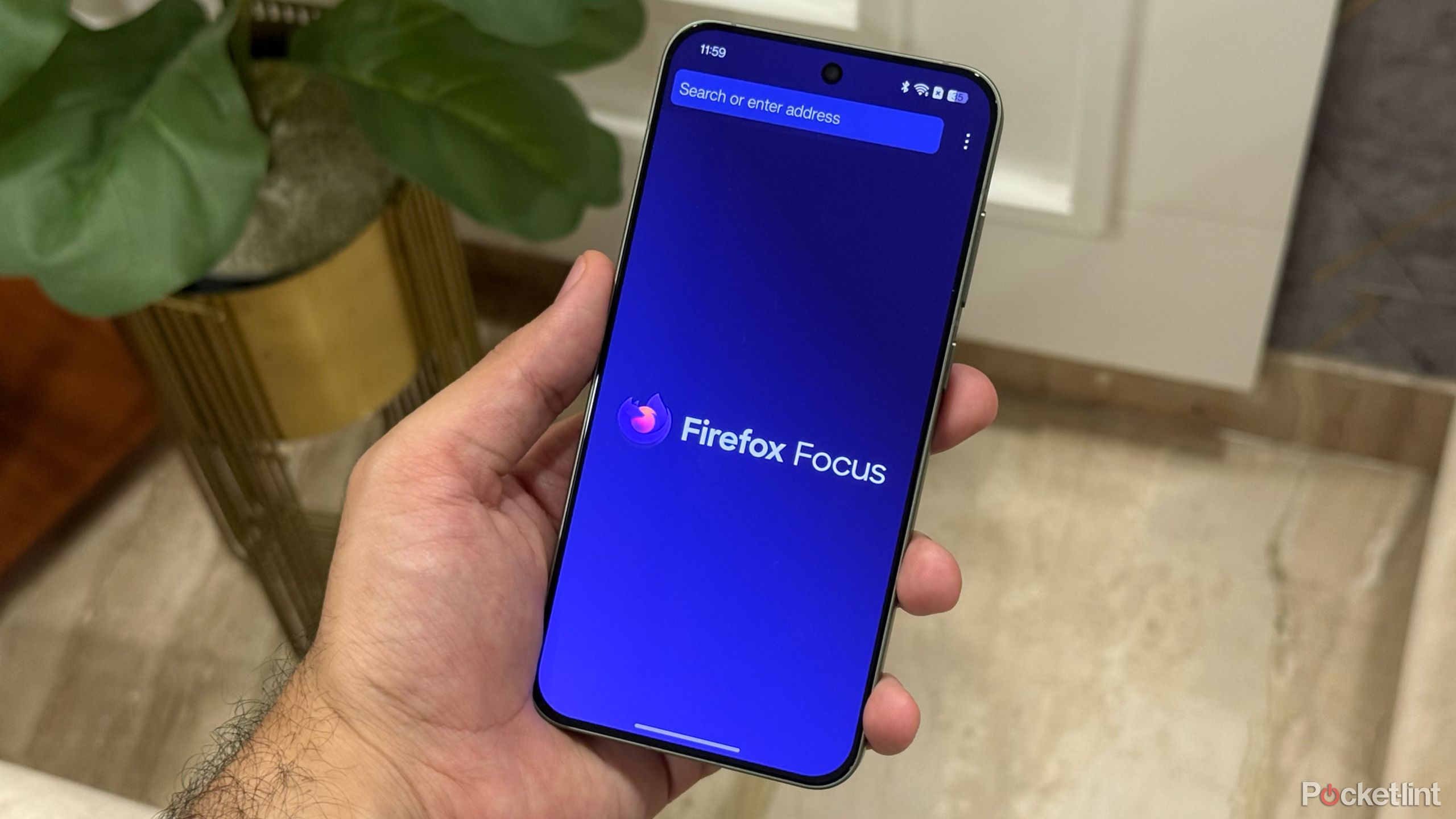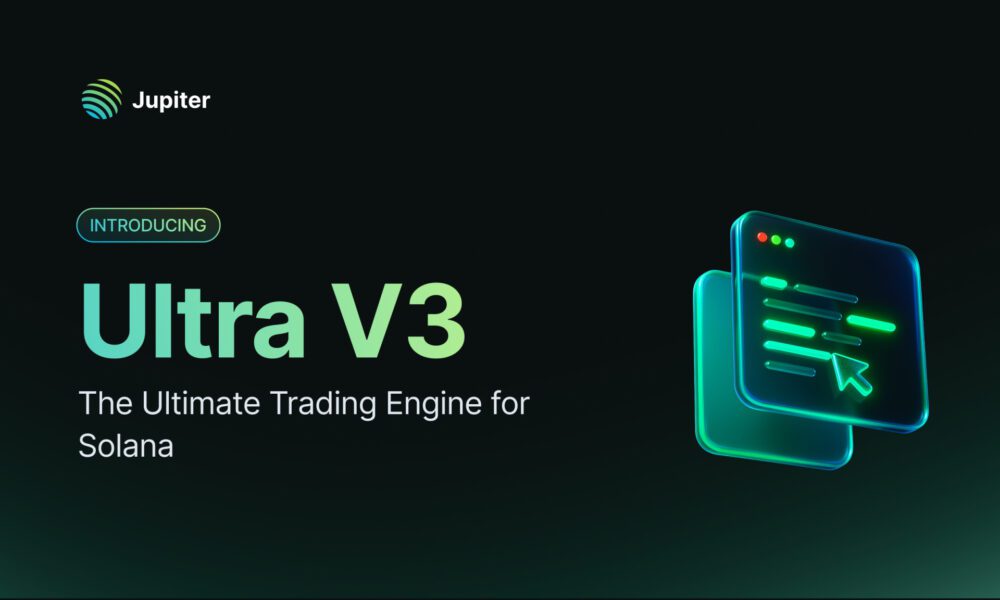Google has revealed the all-new flagship Pixel 10, but how does it compare to last year’s Pixel 9?
While the two phones might look similar at a glance, there are key upgrades on offer from this year’s entry-level flagship that could tempt you. Whether you’re in need of a new Android phone, or you’re just curious about what’s new with Google’s flagship series, we have you covered right here.
Here’s how the Google Pixel 10 compares to the Pixel 9 on paper, complete with key differences and any noteworthy similarities.
Price and Availability
Available in a choice of four colours, including Indigo, Frost, Lemongrass and Obsidian, the Pixel 10 has a starting price of £799/$799/€899 for the 128GB handset.
The Pixel 9, on the other hand, comes in a different colour selection including Peony, Wintergreen, Porcelain and Obsidian. Although at the time of writing the Pixel 9 has the same starting RRP as the Pixel 10, we expect this price to drop in the coming weeks.
SQUIRREL_PLAYLIST_10207384
Tensor G5 vs Tensor G4
The biggest difference between the Pixel 10 and Pixel 9 is in their respective processors. While the Pixel 9 runs on Google’s 2024 Tensor G4, which powered the entire Pixel 9 series, the Pixel 10 runs on its successor, Tensor G5.
As we have not yet reviewed any of the Pixel 10 devices, and therefore the Tensor G5 chip, we can’t comment on its performance. However, Google says the processor marks its “most significant upgrade in custom silicon for Pixel” and is designed “for the Gemini era”.
Having said that, it’s worth remembering that Google has never prioritised power with its chips, instead favouring AI capabilities and performance. This was the case with Tensor G4, which, although scored low in our benchmark tests, performed well in everyday tasks.
Tensor G5 also includes a custom Imaging Signal Processor (ISP) which Google promises delivers Pixel’s “best image and video quality yet”. Considering we’ve praised many Pixel handsets, even the budget-friendly Pixel 9a, as being among the best camera phones, this is a promising update for the Pixel 10 series.
Google always uses the same chipset across its entire Pixel series. This means the Tensor G4 runs the expensive Pixel 9 Pro Fold and, similarly, Tensor G5 powers the Pixel 10 Pro Fold too.
Pixel 10 includes new built-in AI features
As mentioned, one of the standout features for a Pixel handset is its AI tools, and this is certainly the case with both the Pixel 10 and Pixel 9.
The Pixel 10 includes all the tools found in the Pixel 9, including the brilliant photo and video editing suite, Circle to Search, apps like Pixel Screenshots and built-in Gemini too. However, the Pixel 10 benefits from a few additional tools that are currently exclusive to the latest flagship series.
One of the most exciting AI tools is Camera Coach, which is built directly into the Pixel 10’s camera and gives you live tips and suggestions on how to take the best possible photo, based on the scene you’re capturing.

The Pixel 10’s design is unchanged
Other than the different colour choices, the Pixel 10 looks nearly identical to the Pixel 9 and shares a very similar design. Both have a 6.3-inch display, and both also feature the reinvented camera bar at their rear.
A change that appeared with the Pixel 9 series, the rectangular camera bar found in older Pixel phones, which stretched across the handset, saw a much-needed revamp. That has, unsurprisingly, continued with this year’s Pixel 10 and its rounded, pill-shaped camera housing.
Otherwise, both the Pixel 10 and Pixel 9 have the same Actua display, which includes up to 422ppi and a 60-120Hz non-LTPO refresh rate.


Pixel 10 promises longer battery life
Pixel handsets aren’t known for their impressive battery life, and unfortunately, it seems the Pixel 10 doesn’t improve matters much.
Having said that, Google does promise over 30 hours of battery life, or up to a whopping 100 hours when Extreme Battery Saver is enabled, which is more than the Pixel 9’s promise of over 24 hours.
As we haven’t reviewed either handset, we can’t comment on the accuracy of these claims. However, as we have reviewed the similarly sized Pixel 9 Pro, we did note that it could comfortably last all day, and casual users with lower screen times may even eke out a second day too.
Speaking of battery life, neither handset promises particularly fast charging speeds, especially when compared to the likes of the OnePlus 13, which supports up to 100W. Instead, both promise to reach up to 55% charge in about 30 minutes, although the Pixel 9 supports 45W charging while the Pixel 10 sits at around 30W.


Pixel 10 has a telephoto lens
For the first time in Google’s entry-level Pixel handset, the Pixel 10 is fitted with three rear lenses. All previous entry-level Pixels, including the Pixel 9, were made up of just two; however, both are hailed as “advanced” camera systems.
The Pixel 9 includes a 50MP wide (main) and a 48MP ultrawide lens, and supports Super Res Zoom up to 8x. On the other hand, the Pixel 10 is made up of a 48MP main, 13MP ultrawide and 10.8MP 5x telephoto lens. The telephoto lens is certainly a promising addition, but we’ll have to see how it performs in our tests.
Not only that, but the Pixel 10 also offers Super Res Zoom of up to a whopping 20x, too. Again, we’ll have to wait until our review to determine how well this feature works.
Early Verdict
Considering we haven’t reviewed the Pixel 10 or the Pixel 9, we will refrain from giving a conclusive verdict for the time being.
Having said that, as the Pixel 9 looks virtually identical, sports a solid processor and even boasts a higher resolution ultrawide camera, if you do already own the handset, we’d argue you shouldn’t necessarily worry about upgrading yet.
Even so, anyone sporting an older Pixel handset will likely feel the difference when opting for the latest Pixel 10.
We’ll be sure to update this versus once we’ve reviewed both phones.











